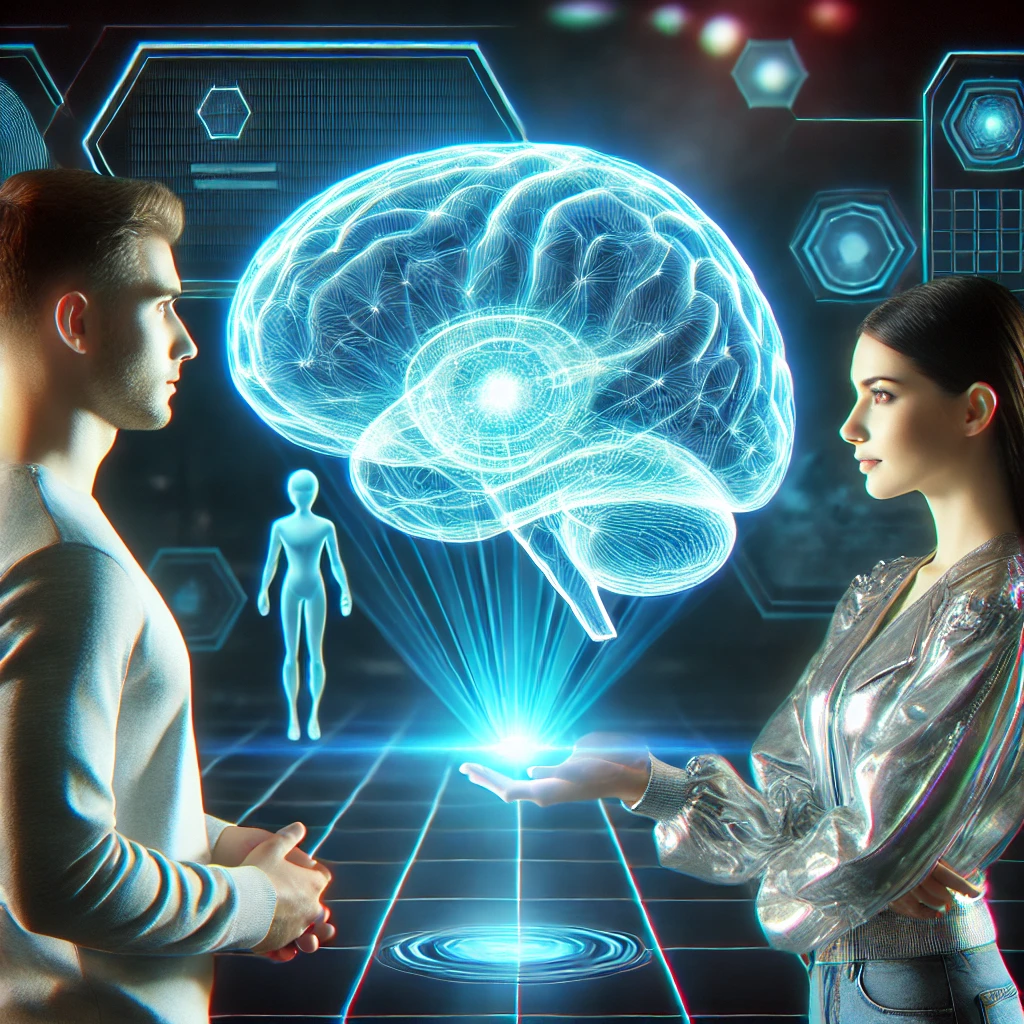Introduction
Artificial General Intelligence (AGI) represents the pinnacle of AI development: a system capable of understanding, learning, and applying intelligence across any task, much like a human. Unlike today’s narrow AI—which excels at specific functions like language translation or image recognition—AGI would possess versatility, creativity, and adaptability unmatched by current technologies. Its development could redefine industries, economies, and even what it means to be human. But how close are we to achieving it, and what challenges lie ahead? Let’s explore.
1. Key Characteristics of AGI
AGI isn’t just a smarter algorithm—it’s a paradigm shift. Here’s what sets it apart:
- Adaptability: AGI could learn new tasks without exhaustive retraining. Imagine an AI that pivots from diagnosing diseases to composing music, just by processing new data.
- Autonomy: It would make decisions independently, solving problems across domains like science, logistics, or art.
- Generalization: Knowledge from one area (e.g., robotics) would apply seamlessly to another (e.g., financial forecasting).
Unlike narrow AI (think ChatGPT or self-driving cars), AGI wouldn’t require human-defined boundaries.
2. Current Progress Toward AGI
While AGI remains theoretical, advancements in AI are laying the groundwork:
- Deep Learning & Reinforcement Learning: Systems like OpenAI’s GPT-4 and DeepMind’s AlphaFold demonstrate unprecedented problem-solving in language and biology.
- Multimodal AI: Models that process text, images, and audio hint at cross-domain understanding.
- Research Pioneers: Organizations like OpenAI, DeepMind, Anthropic, and academic labs (e.g., MIT, Stanford) are investing heavily in AGI-aligned research.
However, today’s AI still lacks true reasoning, self-awareness, or ethical judgment—cornerstones of AGI.
3. Challenges in Achieving AGI
Building human-like intelligence is staggeringly complex:
- Human Cognition: Replicating reasoning, emotion, and ethics requires breakthroughs in neuroscience and philosophy.
- Computational Limits: AGI may demand quantum-level processing or energy-efficient neuromorphic chips to mimic the brain’s efficiency.
- Safety & Control: How do we ensure AGI aligns with human values? Risks like unintended behaviors or misuse loom large.
Elon Musk and Stephen Hawking famously warned of AGI’s existential risks, urging proactive safeguards.
4. Implications of AGI for Society
AGI’s arrival would ripple across every sector:
- Economic Transformation:
- Job Disruption: Roles in manufacturing, healthcare, and creative fields could evolve or vanish.
- New Opportunities: AGI-driven R&D might cure diseases, optimize climate models, or democratize education.
- Ethical Dilemmas: Should AGI make life-or-death decisions? Who governs its actions?
- Regulatory Needs: Global cooperation, akin to nuclear nonproliferation treaties, will be critical to prevent misuse.
5. The Road Ahead: Future Prospects
Experts are divided on timelines:
- Optimists (e.g., Ray Kurzweil): AGI by 2045 via exponential tech growth.
- Skeptics: AGI is centuries away, requiring unknown scientific leaps.
Key enablers could include:
- Quantum Computing: Solving optimization problems intractable for classical computers.
- Neuromorphic Engineering: Chips that mimic neural networks’ efficiency.
- Global Collaboration: Shared research frameworks to accelerate progress ethically.
Conclusion
AGI isn’t just another tech trend—it’s a potential turning point in human history. While challenges abound, its promise to solve humanity’s grandest challenges (climate change, disease, inequality) makes it worth pursuing responsibly. At MilovanInnovation, we’ll continue tracking AGI’s evolution, sharing insights to prepare industries and individuals for this transformative future.
Stay tuned. The age of AGI is coming—and it will change everything.


Leave a Reply to aiimageto-video Cancel reply